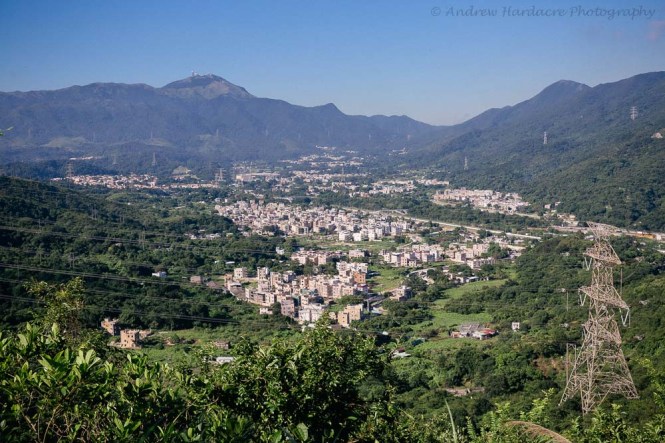I find dappled light quite difficult to work with. Our trail Monday and Tuesday was lit by wonderful light. However as we walked into the wooded area the trees and bushes start to break up the uniform golden bath and create sharp contrasts of honey and black treacle. Very sweet but not necessarily good for photography. Even if the insect or flower is not itself in dappled light the surrounding leaves or tree trunks can be and they create distracting highlights, pulling the eye away or leaving you with unpleasant blown highlights. There is a limit to how much you can crop these out sometimes.
I try to find subjects that do not suffer from the dappler effect and often isolate areas that might almost be abstract. Here is a tree trunk section:
I just called it Bark Tones in honour of Lulu.
I love to see lichens growing prolifically. These are good bio-indicators. I took this extract from http://www.air-quality.org.uk/19.php
Lichens are widely used as environmental indicators or bio-indicators. If air is very badly polluted with sulphur dioxide there may be no lichens present, just green algae may be found. If the air is clean, shrubby, hairy and leafy lichens become abundant. A few lichen species can tolerate quite high levels of pollution and are commonly found on pavements, walls and tree bark in urban areas. The most sensitive lichens are shrubby and leafy while the most tolerant lichens are all crusty in appearance.
I confess I get confused between lichens, pure algae, mosses, liverworts etc. But hopefully that won’t detract from the visual enjoyment of this specimen. Finally, as all woods contain little people, I had a go at photographing their umbrellas. Sadly this was much more difficult than I had planned because they were almost at ground level. My knees got me down there but when it came to getting me back upright or adjusting my position, well, I needed some WD40. As I remarked to John, what I need is a right angle viewfinder. Perhaps Father Christmas will bring me one.
Finally, as all woods contain little people, I had a go at photographing their umbrellas. Sadly this was much more difficult than I had planned because they were almost at ground level. My knees got me down there but when it came to getting me back upright or adjusting my position, well, I needed some WD40. As I remarked to John, what I need is a right angle viewfinder. Perhaps Father Christmas will bring me one. I have wanted to try this sort of shot for a while but what I really need to find is the same sort of arrangement on a nice elevated bank so I can photograph at eye level. Such a shame it didn’t really work. I am however as happy to blog about the misses as much as the hits and leave you, the juke box jury to press the ‘miss’ button. I shall be eagerly watching the Observatory forecast over the next few days hoping that the temperatures drop a little and the humidity is less draining.
I have wanted to try this sort of shot for a while but what I really need to find is the same sort of arrangement on a nice elevated bank so I can photograph at eye level. Such a shame it didn’t really work. I am however as happy to blog about the misses as much as the hits and leave you, the juke box jury to press the ‘miss’ button. I shall be eagerly watching the Observatory forecast over the next few days hoping that the temperatures drop a little and the humidity is less draining.
TTFN.














